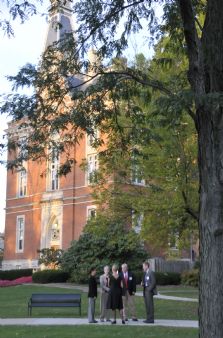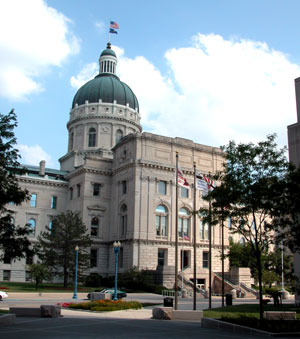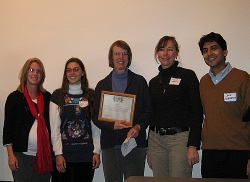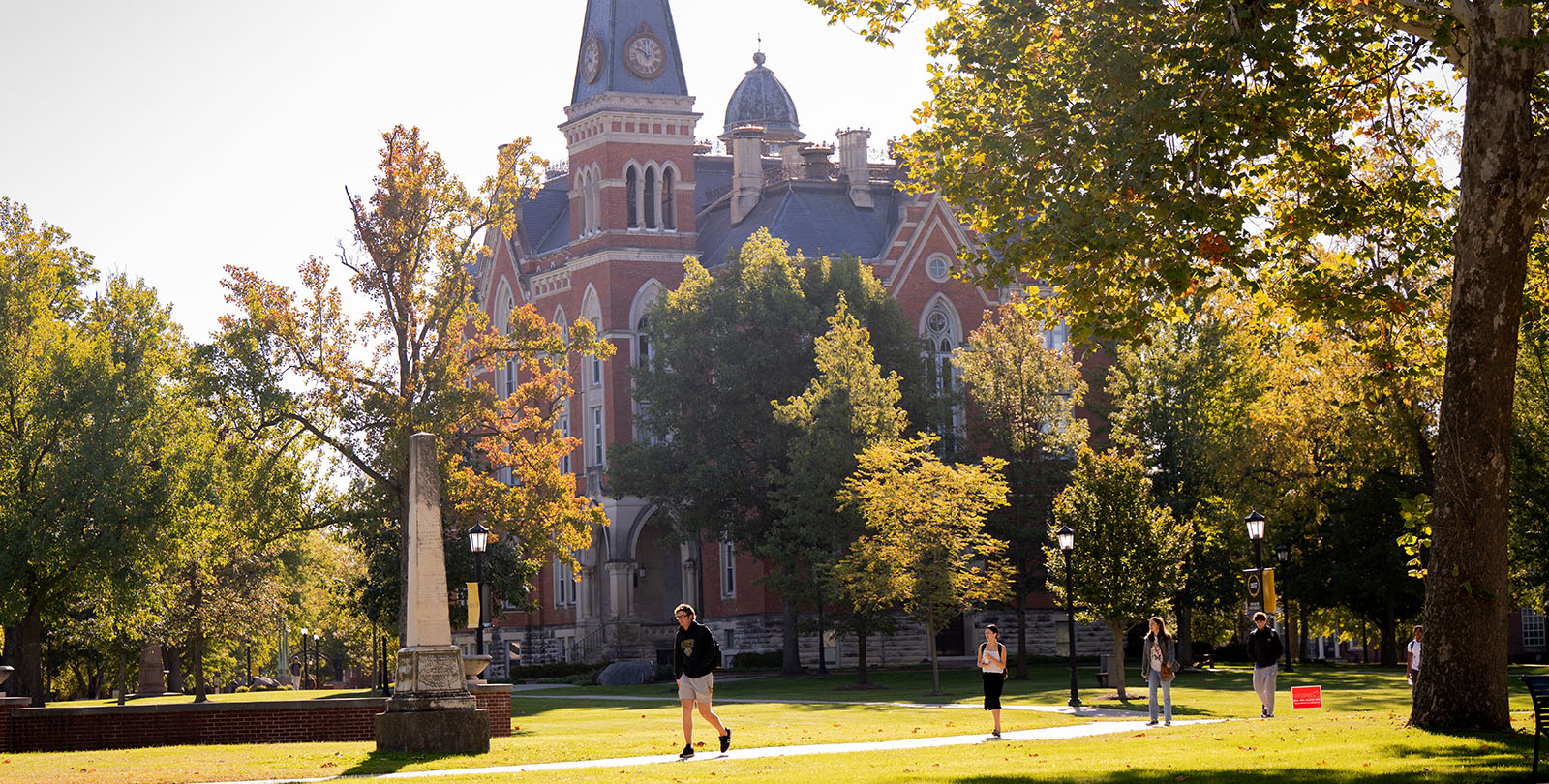Geothermal Conversion Fund "Would Give Back Exponentially," Write Two Students and Professor
April 24, 2009
 April 24, 2009, Greencastle, Ind. — Indiana's leaders face a vexing question, write three members of the DePauw University community in today's Fort Wayne Journal Gazette: "how to spend billions of dollars of federal stimulus money -- especially $1.3 billion marked for education -- over the next two years in ways that won't lead to layoffs or program cuts when the money runs out." The solution proposed by students Taylor Cantril and Michael Lutz and Kelsey Kauffman, co-director of the DePauw Environmental Policy Project and part-time assistant professor of University studies: "geothermal heat pumps. Any stimulus money invested in converting schools to geothermal heating and cooling will give back for decades to come. If part of those savings were directed into the Geothermal Conversion Fund (which the General Assembly is on the verge of establishing), the money would give back exponentially."
April 24, 2009, Greencastle, Ind. — Indiana's leaders face a vexing question, write three members of the DePauw University community in today's Fort Wayne Journal Gazette: "how to spend billions of dollars of federal stimulus money -- especially $1.3 billion marked for education -- over the next two years in ways that won't lead to layoffs or program cuts when the money runs out." The solution proposed by students Taylor Cantril and Michael Lutz and Kelsey Kauffman, co-director of the DePauw Environmental Policy Project and part-time assistant professor of University studies: "geothermal heat pumps. Any stimulus money invested in converting schools to geothermal heating and cooling will give back for decades to come. If part of those savings were directed into the Geothermal Conversion Fund (which the General Assembly is on the verge of establishing), the money would give back exponentially."
The op-ed by the trio asserts, "A growing number of schools in Indiana and across the nation are turning to geothermal heat pumps to reduce their heating and cooling expenses. According to the EPA, geothermal is 'the most energy-efficient, environmentally clean and cost-effective system of temperature control.' Although it is initially more expensive to  install, geothermal offers immediate and substantial energy savings for the life of the system."
install, geothermal offers immediate and substantial energy savings for the life of the system."
The students worked with State Representative Nancy Michael to craft a bill which establishes the Geothermal Conversion Loan Fund. It passed both chambers of the legislature unanimously. "If used in conjunction with the stimulus money, this fund could lead to hundreds of schools installing geothermal with a relatively small initial investment," write Cantril, Lutz and Kauffman.
"Here is how it could work: Let's say the state were to use as little as $40 million of its $1.3 billion in federal education funds to assist geothermal installations in 40 schools over the next two years. Each of the 40 schools would receive half of their allotment as a grant and half as a no-interest loan to be paid back into the Geothermal Conversion Fund out of their utility savings. The $20 million paid into the fund by the original 40 schools could then be used in future years to pay the gap between the cost of installing geothermal and conventional systems in other schools. Suppose that those later schools were required to pay back 75 percent of their loans. At the end of 20 years, the original $40 million in stimulus money would be sufficient to help nearly 200 schools install geothermal. The avoided utility costs would reach into the hundreds of millions of dollars." (photo at left: The Hoosier Environmental Council recognized the DePauw Environmental Policy Project as its "Organization of the Year")
Project as its "Organization of the Year")
The column concludes, "The president wants stimulus money to be used quickly to generate jobs, improve schools and enhance energy efficiency. The governor wants the money to be used in ways that provide long-term benefits rather than artificially boosting spending in unsustainable ways. Geothermal fulfills both of these goals. By using the money this way, we would not only avoid 'falling off a cliff,' but we would also create a rock-solid foundation for our schools and taxpayers for years to come."
Access the complete essay -- "A green use for stimulus" -- at the newspaper's Web site.
The DePauw Environmental Policy Project's report on geothermal in Indiana schools can be found here.
